

Gardeners face each other off with pitchforks when it comes to this question… It’s a topic that’s almost as controversial as that other big tomato question: is a fruit or a vegetable? Discover both options regarding sucker removal here, the pros of each and our tips to make the choice that’s right for you.
To learn more, read:
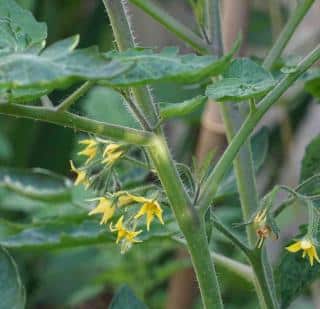
How do you recognize a sucker? It’s pretty straightforward: it won’t bear flowers, and so it won’t bear any fruit either. This is precisely where the name comes from: these branches suck a lot of sap, but don’t use it to produce any tomatoes.
Here is where the great divide appears: some think it’s crucial to remove them, whereas others find it better to leave them on the plant. Let’s focus on the reasons why each side thinks they’re right.
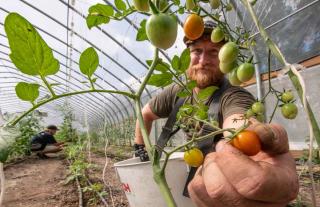
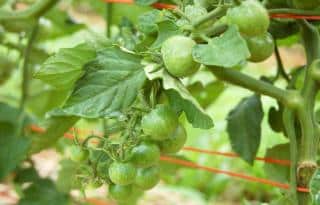
Lastly, it’s important to remember that tomatoes are plants that are particularly vulnerable to disease. Each cut is a wound that lets bacteria infect the plant. After all, since the beginning of time, nobody was there to pinch suckers off tomatoes and still they survived in the wild!
→ Special case: pruning cherry tomatoes
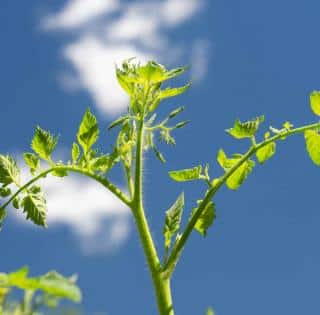
More and more amateur gardeners rely on natural self-regulation to maintain their vegetable patch (to the point of not staking them, even). Apply this to tomato plants, and the conclusion is to leave the suckers on the plant, since removing them is a useless waste of time. If the plant catches a disease because of the pruning, it’s going to have to expend energy fighting it off – the exact opposite of what was intended in the first place!
Why not try both techniques out yourself? Grow one plant, diligently removing every single sucker you see. And then another, nearby, without removing anything at all. When harvest time abides, simply count the fruits and rate their quality. Which one fared best for you?
→ How to collect and save your own tomato seeds
For this technique, you’ll of course remove suckers, but there’s a bit more to it than that. It’s recommend to only keep 4 or 5 secondary stems that will bear fruits. To do so, you’ll have to top off or behead any plant that produces more that that number of stems. This reduces the bushiness of the tomato plant, and fruits will get much more direct sunlight.
This second method requires restraint on the part of the gardener: no pruning at all, simply letting the plant grow as it would naturally. In this case, it’s important to pay attention to one thing: space your tomatoes well. Indeed, when not pruned, tomatoes will spread over quite a large surface, a fact that many tend to overlook until it’s too late.
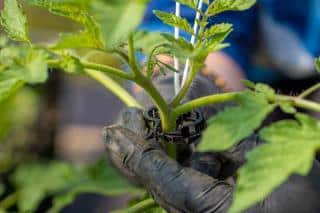
→ More on staking tomatoes here